EU declaration conformity
Potentiometer for EC fan
Product description
The MTV-1-010-PM is a potentiometer for manual control of EC fans, AC fan speed controllers, and damper actuators. It operates on a 230 VAC supply.
Here are its key features:
Variable Control: The rotary knob provides continuous control, and its OFF-position ensures a complete signal shut-off (0 V, 0 mA, or 0% PWM).
Selectable Output: A jumper allows you to choose between 1-10 VDC, 2-20 mA, and 10-100% PWM output types.
Customizable Range: Two internal trimmers let you adjust the minimum (10-70%) and maximum (30-100%) output values.
Flexible Mounting: The splash-proof enclosure supports both inset mounting (IP44) and surface mounting (IP54).
Documents
Additional specifications and description
What does this potentiometer control?
A potentiometer generates a continuously variable signal to control other devices (i.e. 0 - 10 V). This control signal increases or decreases according to the position of the rotary knob. The control signal is typically used to remotely control EC fans or damper actuators. It can also remotely control AC fan speed controllers (EVS or MVS series) or frequency inverters (FI-E series). For example, the potentiometer can be installed in the study, while the fan speed controller is located in a technical room or an electrical cabinet.
Why adjust the limits of the control signal?
Some EC motors cannot handle control signals that are too low. Sometimes a fan is over-dimensioned or too powerful. For such applications, the upper and lower limits of this potentiometer output can be adjusted via trimmers. The minimum output value can be adjusted via the Vmin trimmer (1). The maximum output value can be adjusted via the Vmax trimmer (2). The minimum values can be adjusted within 1—7 VDC / 2—14 mA / 10—70 % PWM, and the maximum values are within 3—10 VDC / 6—20 mA / 30—100 % PWM.
A potentiometer generates a continuously variable signal to control other devices (i.e. 0 - 10 V). This control signal increases or decreases according to the position of the rotary knob. The control signal is typically used to remotely control EC fans or damper actuators. It can also remotely control AC fan speed controllers (EVS or MVS series) or frequency inverters (FI-E series). For example, the potentiometer can be installed in the study, while the fan speed controller is located in a technical room or an electrical cabinet.
Why adjust the limits of the control signal?
Some EC motors cannot handle control signals that are too low. Sometimes a fan is over-dimensioned or too powerful. For such applications, the upper and lower limits of this potentiometer output can be adjusted via trimmers. The minimum output value can be adjusted via the Vmin trimmer (1). The maximum output value can be adjusted via the Vmax trimmer (2). The minimum values can be adjusted within 1—7 VDC / 2—14 mA / 10—70 % PWM, and the maximum values are within 3—10 VDC / 6—20 mA / 30—100 % PWM.
Note: The minimum and maximum value of the control signal can be adjusted via the trimmers under the front cover. To reach them, remove the knob by turning it to the right until it pops out. Unscrew the loose nut to remove the cover of the external enclosure.
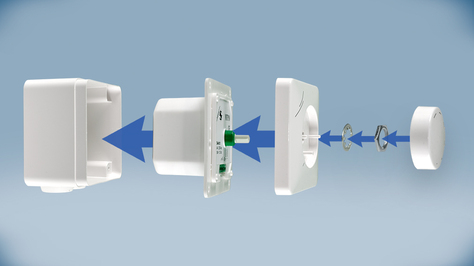
What is the supply voltage?
This potentiometer operates with a supply voltage of 230 VAC and produces a three types of stepless output signal: 0—10 VDC, 0—20 mA or 0—100 % PWM. The 230 VAC supply voltage is common in many electrical systems, and you simple to connect your MTV directly to the mains without the need for a power supply module.
A 0—10 VDC control signal is the most common method used in the HVAC industry for controlling various parameters, such as EC fan speed, valve positions or other components in electronic systems. The 0—10 VDC control signal corresponds to a range of desired settings. For example, if you have a system that requires modulation or adjustment, this control signal type can be interpreted to represent a range from 0% to 100% of the desired parameter. A 0 V signal might indicate the minimum setting, while a 10 V signal could represent the maximum setting.
What output types are available?
A 0—10 VDC control signal is the most common method used in the HVAC industry for controlling various parameters, such as EC fan speed, valve positions or other components in electronic systems. The 0—10 VDC control signal corresponds to a range of desired settings. For example, if you have a system that requires modulation or adjustment, this control signal type can be interpreted to represent a range from 0% to 100% of the desired parameter. A 0 V signal might indicate the minimum setting, while a 10 V signal could represent the maximum setting.
What output types are available?
The output type of this potentiometer can be selected via the jumper (3) included in the set: 0—10 V, 0—20 mA or 0—100 % PWM.

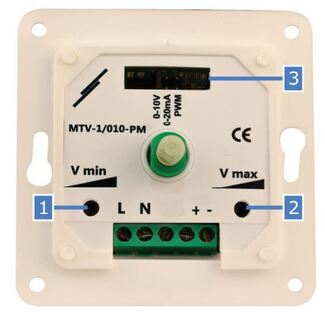
What makes the enclosure reliable?
The potentiometer features a wall-mounted housing constructed from durable ASA plastic in a cream color (RAL 9010). The choice of material ensures UV resistance and offers protection against dust, water splashes and impacts. The design allows for versatile installation on any type of wall or panel as the enclosure accommodates both inset and surface mounting options, providing flexibility in installation. The protection class is IP44 for inset mounting and IP54 for surface mounting, attesting to its reliability in safeguarding the internal components against environmental elements.
For inset mounting, the enclosure design aligns with standard European wall boxes, ensuring a seamless fit. The overall solidity of the enclosure makes it suitable for mounting in various types of walls.
∞ What is a control signal?
The potentiometer features a wall-mounted housing constructed from durable ASA plastic in a cream color (RAL 9010). The choice of material ensures UV resistance and offers protection against dust, water splashes and impacts. The design allows for versatile installation on any type of wall or panel as the enclosure accommodates both inset and surface mounting options, providing flexibility in installation. The protection class is IP44 for inset mounting and IP54 for surface mounting, attesting to its reliability in safeguarding the internal components against environmental elements.
For inset mounting, the enclosure design aligns with standard European wall boxes, ensuring a seamless fit. The overall solidity of the enclosure makes it suitable for mounting in various types of walls.
∞ What is a control signal?

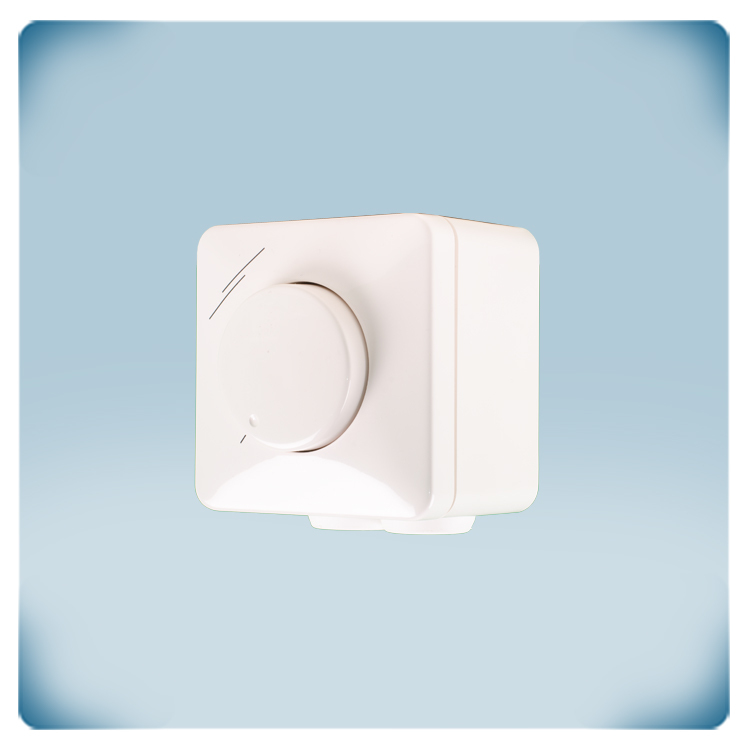
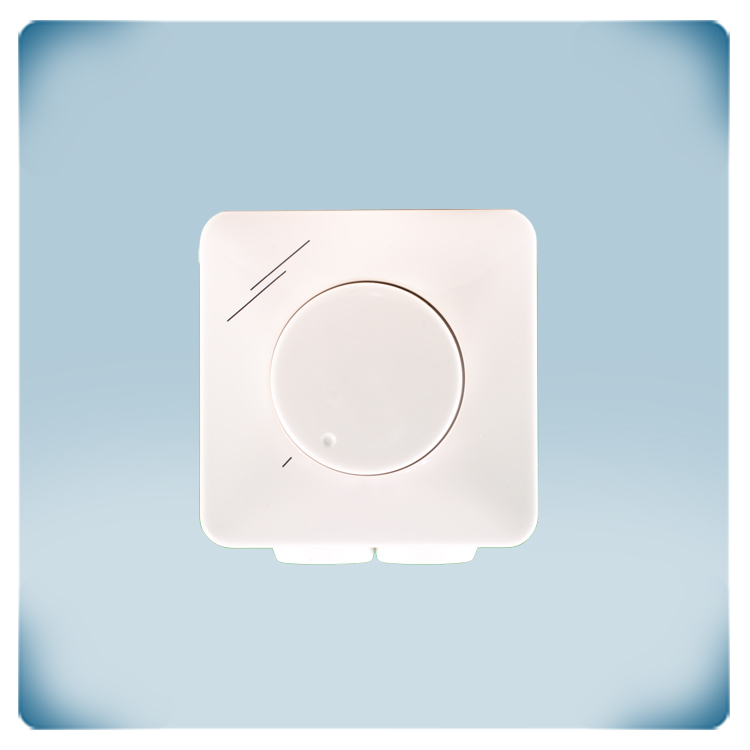
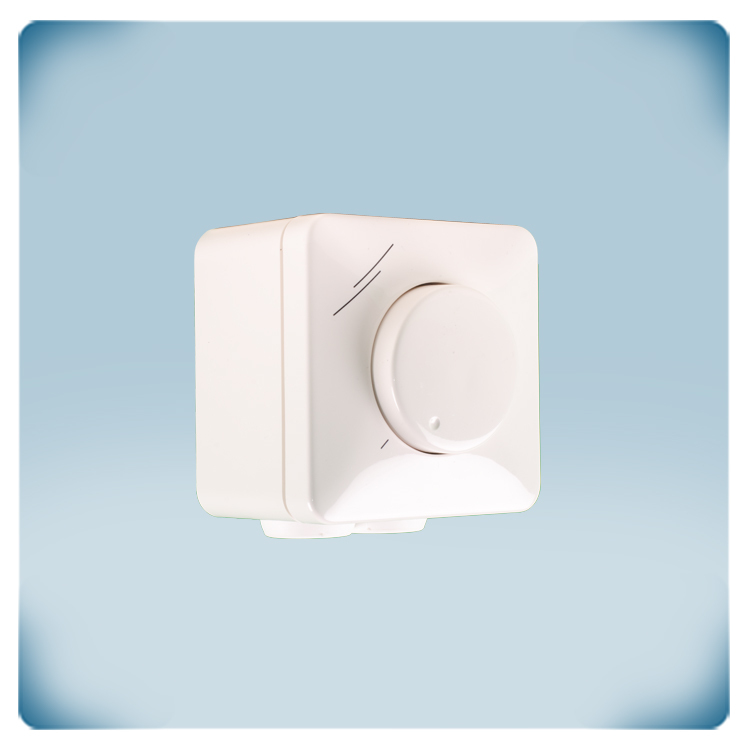
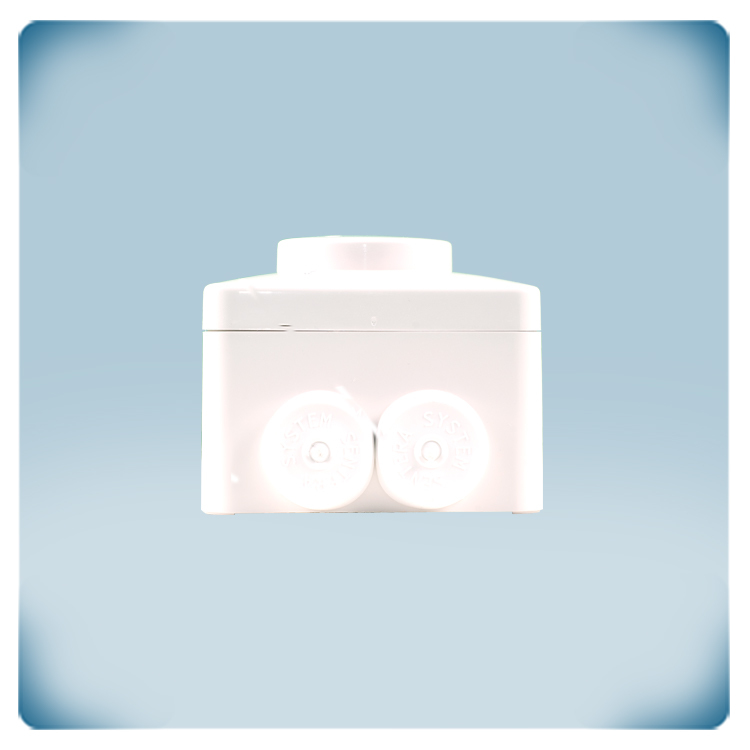
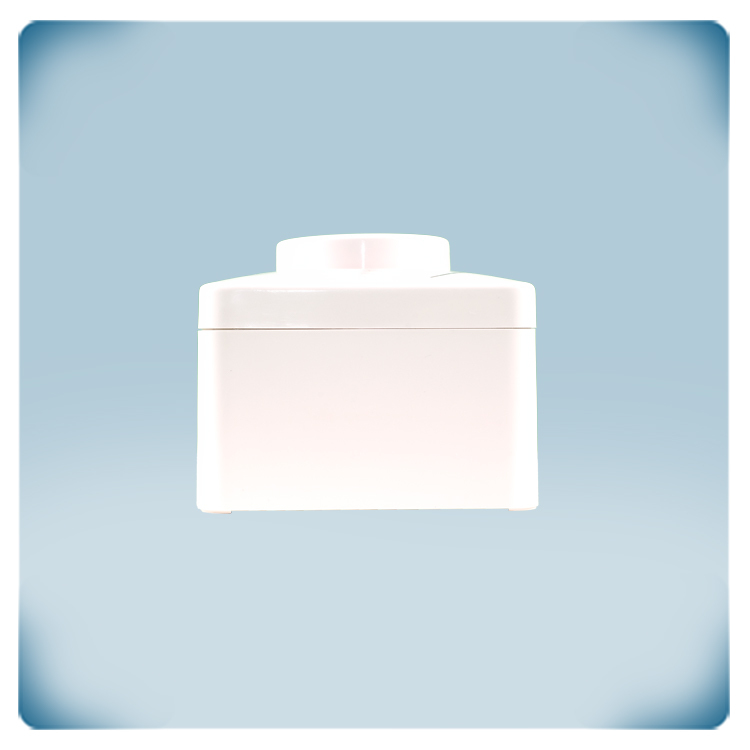
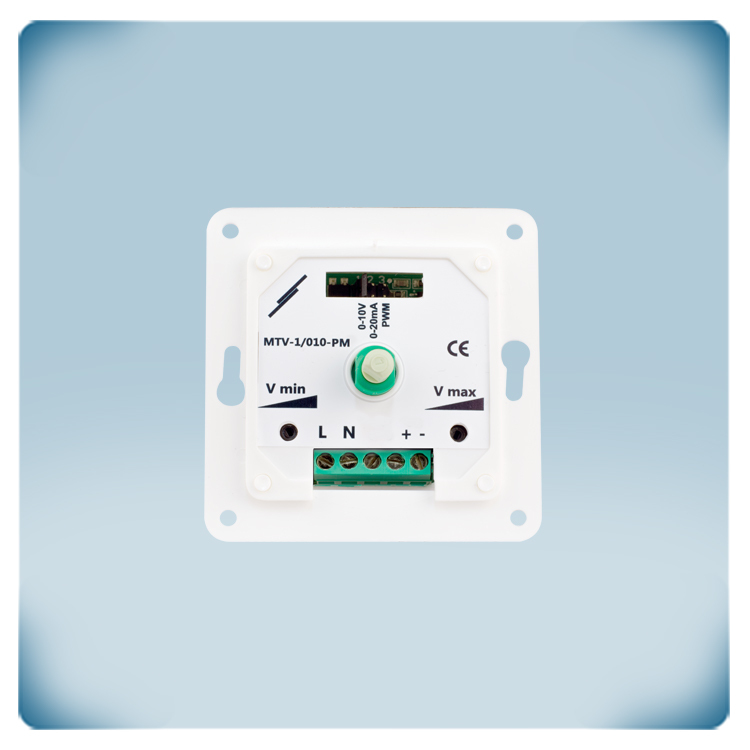
.webp)
.webp)
.webp)
.webp)
.webp)
.webp)
Remarks, reviews & ratings